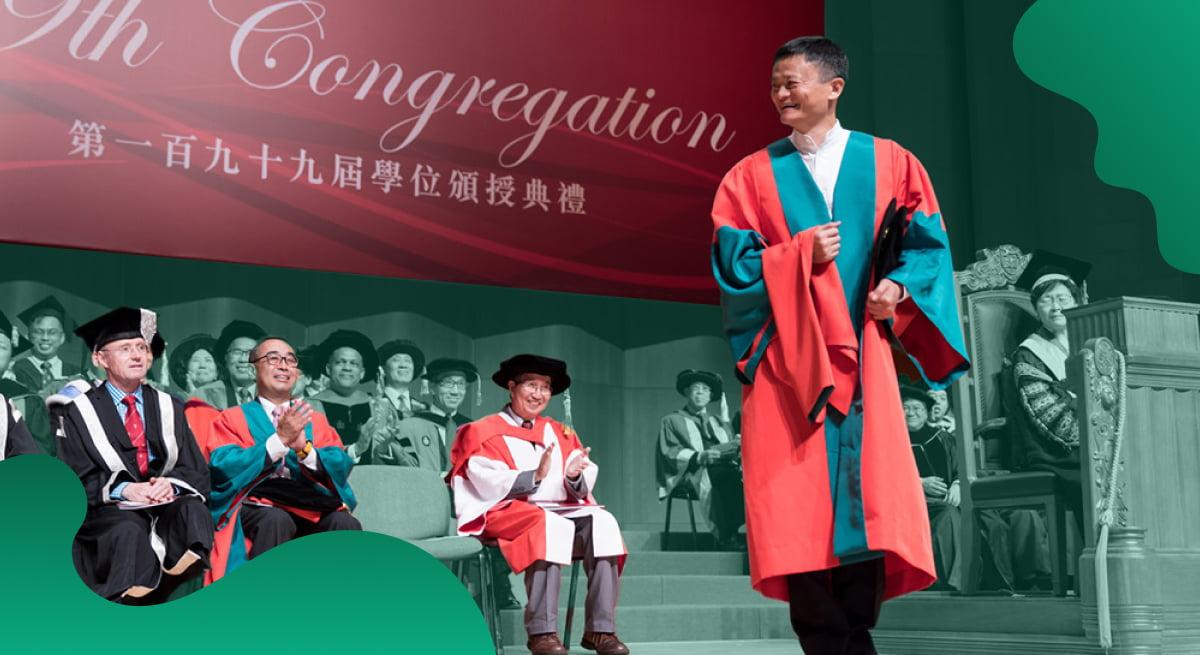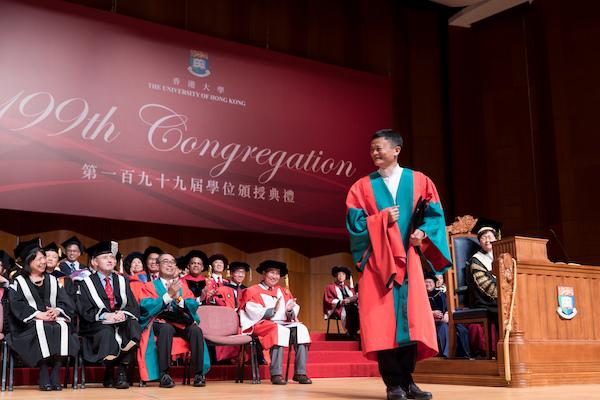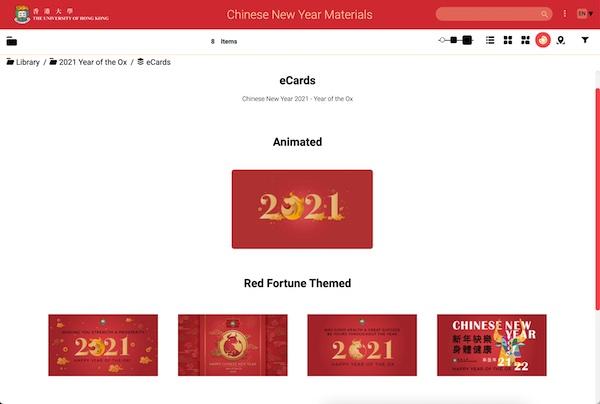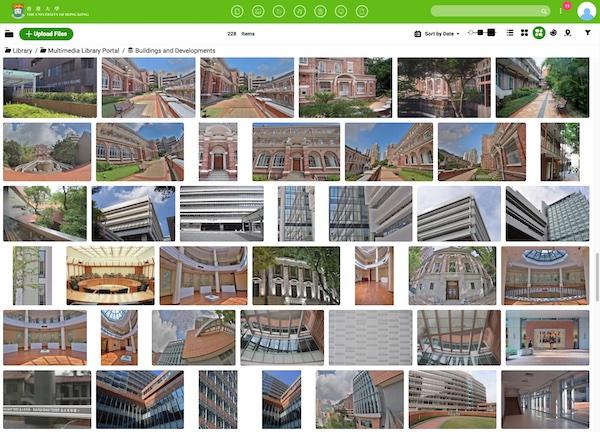The University of Hong Kong uses Canto to utilize their 100-year-old photo archives

Established in 1911, the University of Hong Kong is one of the oldest and most prestigious universities in the region. The university has over 30,000 students in ten core programs: architecture, arts, business, dentistry, education, engineering, law, medicine, science and social sciences.
Lillian Tam leads the multimedia team in the Communication and Public Affairs Office at the university. Her team was originally in charge of curating submitted content for campus displays only, but it has grown to be responsible for the creation and distribution of all multimedia assets. The team handles things like on-campus TV broadcasts, online videos, social media, web development and content production.
Goal: Centralize archives and make room for current digital assets
The University of Hong Kong is over 100 years old and has digitized assets from its long history. To ensure a quick workflow, the team needs to keep these archives organized and accessible.
“We needed a DAM (digital asset management) system to house all of our footage from the past 10 years as well as photos from before then because the university has been collecting photos from over a century,” says Lillian.
Before Canto, the team used cumbersome servers to store their content. These servers didn’t offer an organized structure that served the team. They were forced to either memorize dates that photos were taken, or rummage through the whole library to find what they were looking for.
“We have on-campus servers housing our footage and all our materials and we started to see our servers fill up. Year by year, we’re accumulating a lot of different assets. We just sorted them by date, so I had to remember what happened on a certain date,” says Lillian.

Because specific content was so difficult to find, the team often created new materials instead of using what they had. It was easier and quicker for them to produce a new asset than to search through their current assets. This strategy wasn’t working for the team and resulted in a lot of lost time, and even more digital assets to manage
“It was difficult for us to find and reuse things. We tended to actually go capture new materials when we might already have old material that we can reuse. That’s why we started to look for a solution for how we can better navigate through the assets that we already have and then maybe reuse some materials. We knew that would save us a lot of time,” says Lillian.
Enter Canto: A DAM with the right functionalities
Lillian chose Canto for a simple reason – it had all the features and functionalities her team needed.
“I really like the intuitiveness of Canto’s interface as I didn’t have to do a lot of guesswork when I first started using it. I also really enjoy having the flexibility in controlling what appears in different panels through the custom configurations, and the detailed control over user privileges,” says Lillian.
Unifying content usage across campus
In such a traditional university, it’s common to find team silos and low cross-departmental collaboration. With Canto, it’s easy for Lillian and her team to unify and modernize content usage across the university with Portals.
“We made materials for Chinese New Year and shared that with each department’s marketing team within the university. They can go to the Portal and use our university assets to share on their platforms,” says Lillian.

Departments across campus are now able to quickly access the imagery they need without making individual requests to Lillian and her team.
“If I need to share assets to a number of people, the Portal allows them to all go to the same place, in the same interface. Historically, they sometimes had issues if I sent them links from different third-party hosts that required downloading before they can view the assets. And with Canto I didn’t even have to walk them through how to use it. They just click the link and can see our assets,” says Lillian.

Sharing images and videos with the press
Lillian plans to use Portals not only for her internal colleagues but external parties too. The university is often asked by the press for videos or imagery to accompany a story. With all of the up-to-date media-approved assets in one spot, all Lillian has to do is send the Portal link to members of the press.
“We also share footage with the local media, so we are looking forward to building a Portal to make frequently sought assets available to them. Having such an easy way to build an asset gallery saves us from spending extra resources to upgrade our dated photo gallery,” says Lillian.
Results: Nurturing cross-departmental collaboration
The HKU Communications and Public Affairs department now has all of their content centralized and organized in Canto. They’ve increased workflow efficiency and now staff aren’t meticulously searching through assets or interrupting other team members to find assets.
“We have a go-to spot where the whole department has access to a central storage hub that contains multimedia files. Before, we always had to call someone and ask if they had the assets from so-and-so event after spending time unsuccessfully rummaging through a shared drive, and now we can just search for it,” says Lillian.
With Canto, Lillian has more control over the department’s assets. The different teams in her department know what assets they have and are empowered to better utilize their existing content.
“We have greater control because we can see what everyone has. Whereas before we weren’t that on top of all the multimedia content in the department because we couldn’t possibly know what people had before us and what they had housed in their own computers. With Canto, we can just keep everything in one place and not work in silos,” says Lillian.